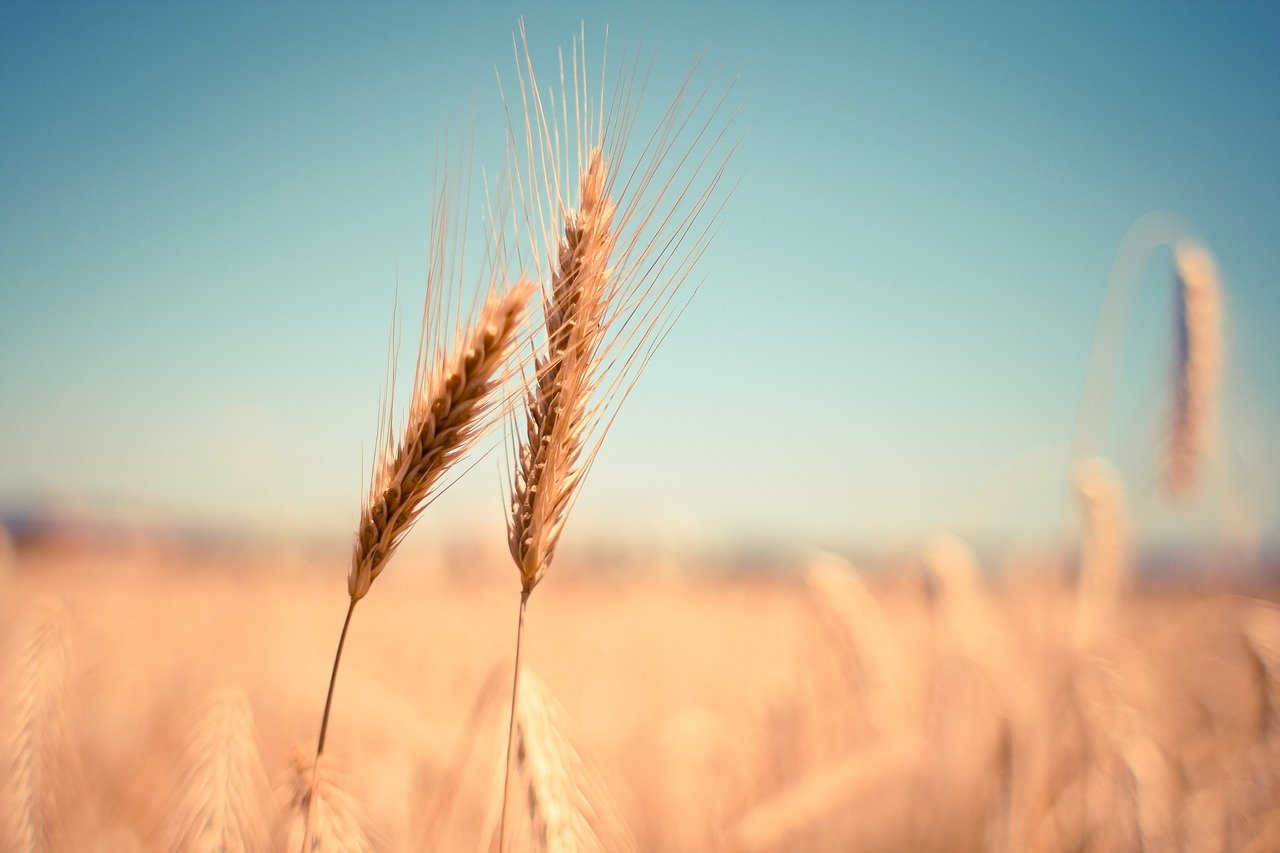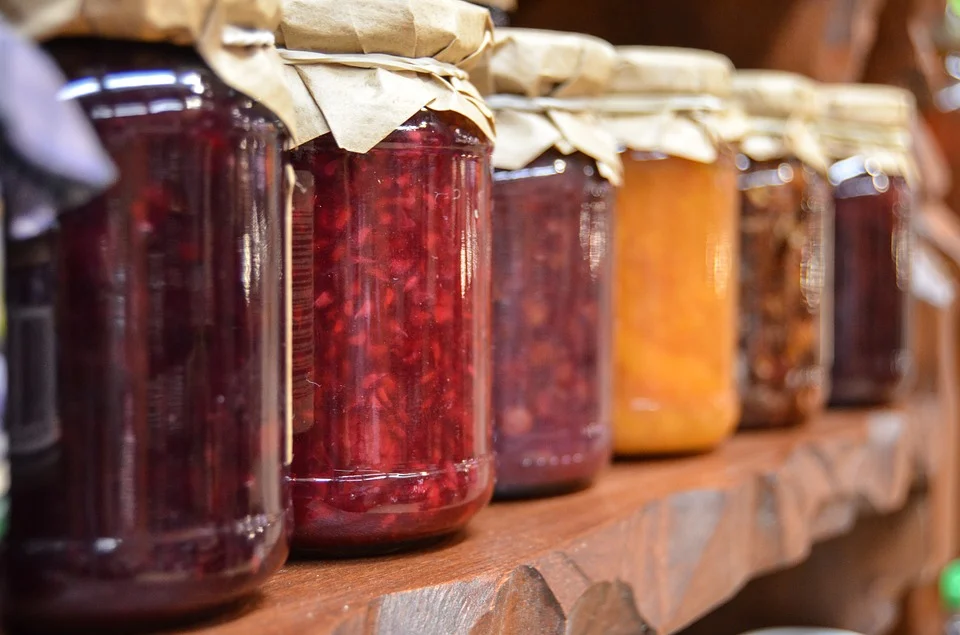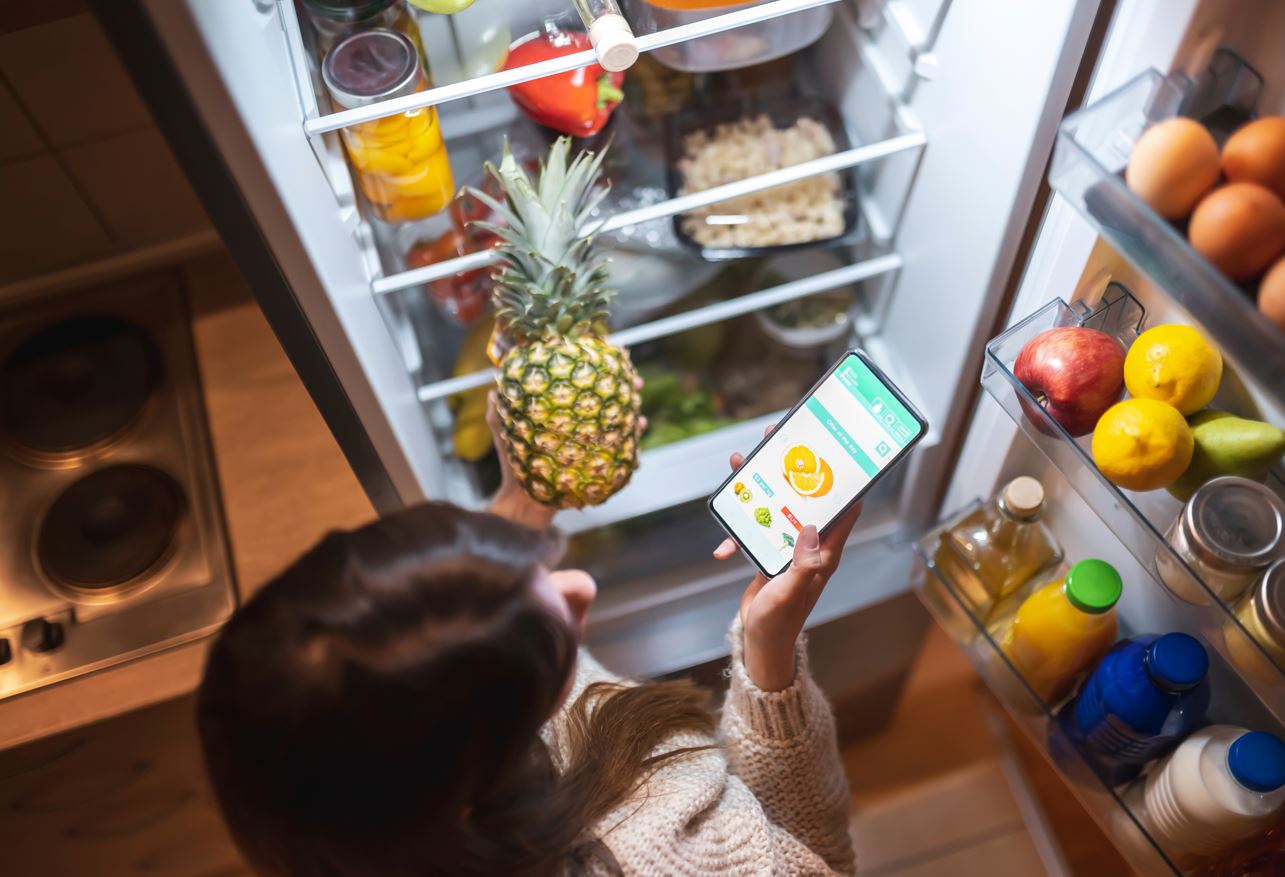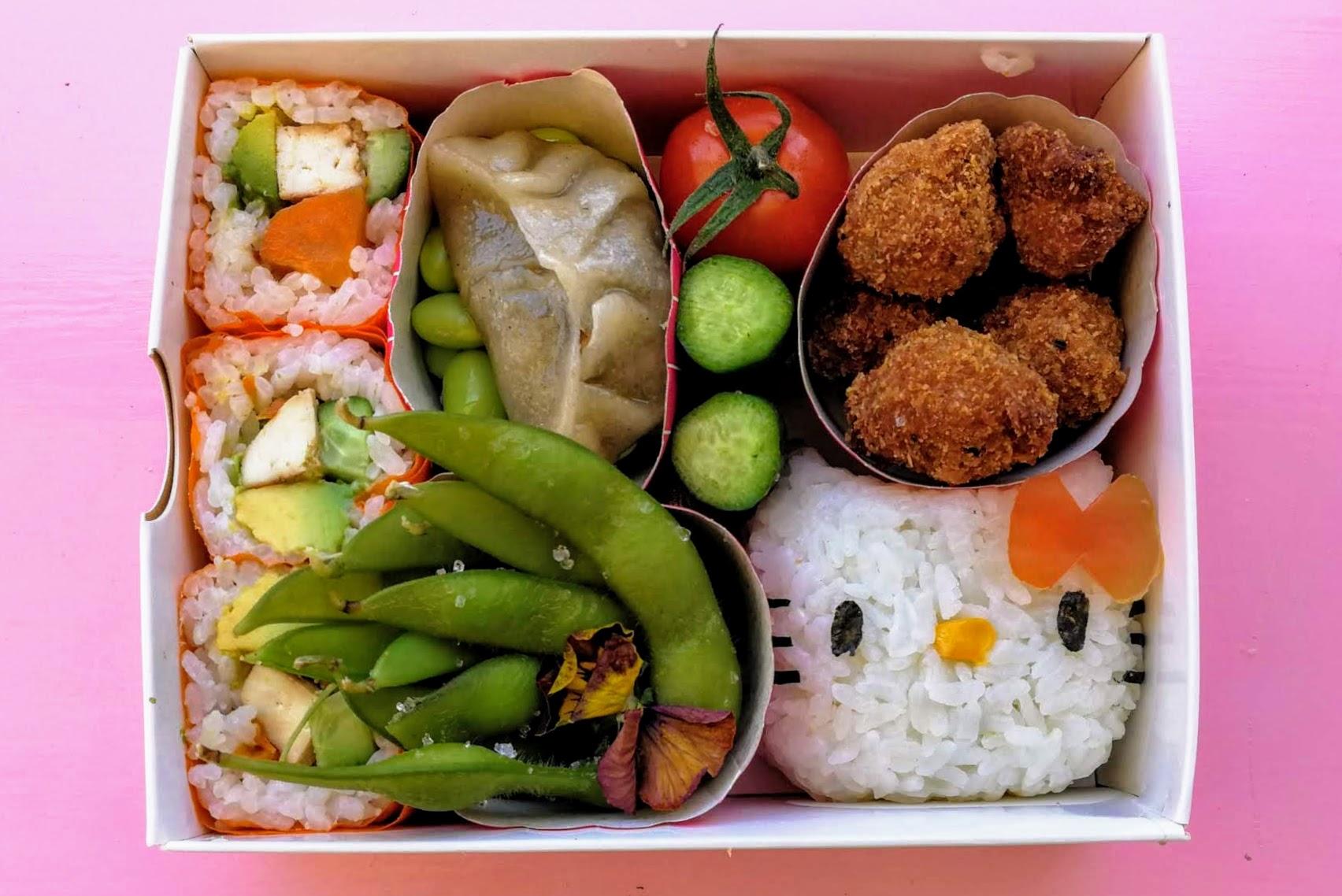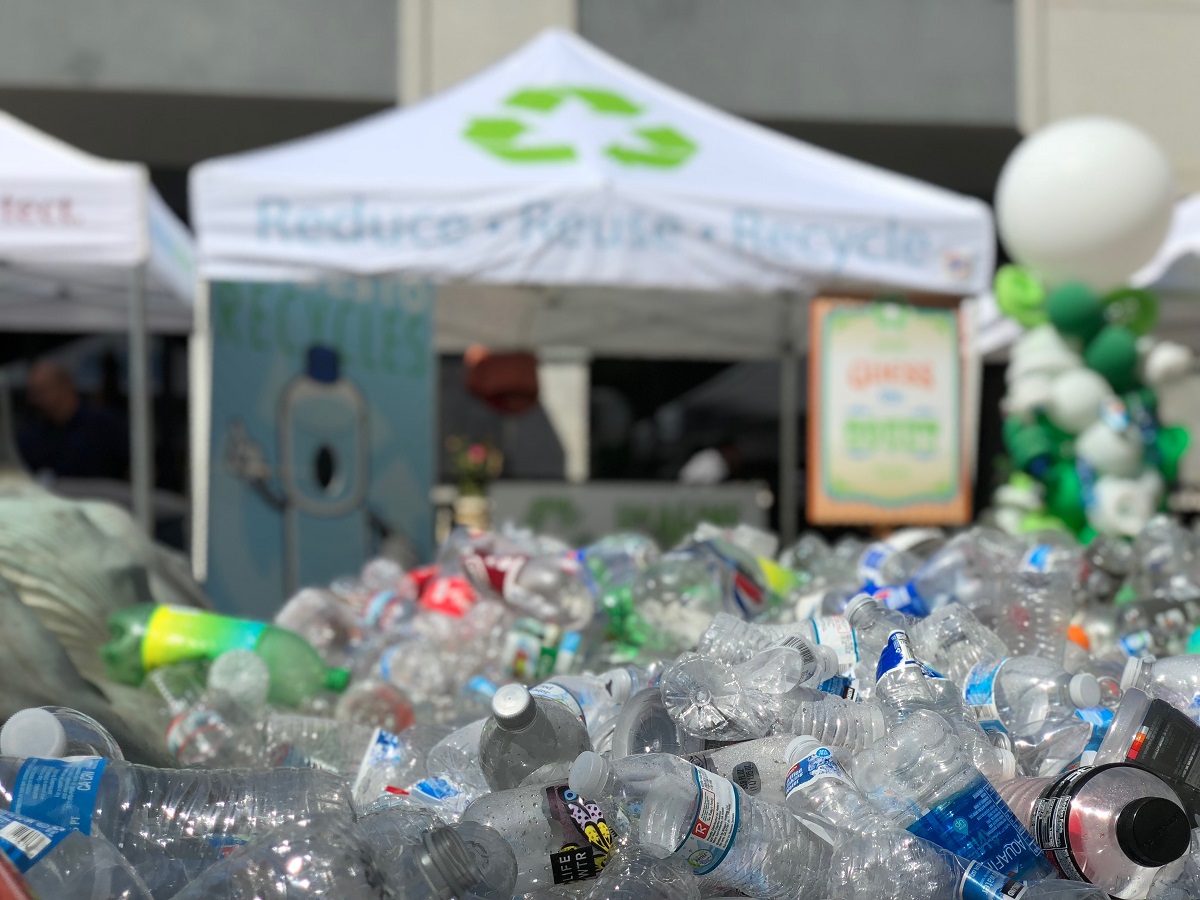With Earth Day upon us, we must all think of the impact we make on the planet every day. Did you know that food production contributes to around 37% of greenhouse (GHG) emissions? This includes animals and plants, even though animal based-production is twice as taxing on the environment. There are little things we can do to offset our carbon footprint. Here are nine ways to make your restaurant more sustainable and eco-friendly.
1. Use Eco-Friendly Packaging
There is a massive focus on takeout and online delivery, translating to increased volumes of wasted packaging. Increased volumes of foam and plastic will only increase litter and burden the environment further. Even from a customer’s perspective, hot food in a plastic container comes with a risk of the plastic seeping into the food. It was recently discovered that microplastics had made their way into human blood. Eco-friendly packaging alternatives are microwave safe, safe from contamination, and do not burden the environment.
Earth-friendly packaging includes:
- Bagasse/Sugarcane Packaging
- Wood
- Polylactic Acid (PLA)
- Paper (lined and unlined)
- Bamboo
2. Use seasonal menu items
While it is completely understandable that restaurants would want to offer a consistent menu year-round to appeal to customers, however, the problem is that certain ingredients aren’t available all year round, especially certain fruit and vegetables. Restaurants tend to source their ingredients from various suppliers, some of which are even imported from great distances. Any time you import anything, it costs the environment because it travels by sea or air, and then a few other carbon dumping vehicles fill up the skies in the process.
You’ll want to create different menus. Customers will appreciate the variety of options and the freshness of your menu. Additionally, purchasing food on a seasonal basis can help you save money on food.
3. Monitor Perishables
Some restaurants, especially new ones, struggle with figuring out a balance between supply and demand. Sometimes this leads to some inventory depleting before the end of business hours, and sometimes there is so much excess food that it carries over to the next day.
However, certain food items can only be stored for so long before they are no longer usable. This is especially true for dairy products.
If you monitor your items from when you purchased them and when they are expected to expire, you can control the supply and ensure that food does not go to waste, as expired food will irredeemably add to the trash.
If some items are expiring and you can’t use them, it’s better to donate them while they’re consumable than to let them go to complete waste.
4. Conserve Water
Liquid water is what gives our planet life: that and an atmosphere. Despite the entire planet being covered in water, there isn’t a lot of it available for our regular consumption. Any water making its way through our pipes is significantly better than the one flowing in the oceans. The water reaching restaurants can be consumed by people (we recommend filtering first, though). That water is in short supply.
Water is used every time a customer flushes the toilet or staff members do the dishes. This does not even consider just how much we lose to leaks and drips. Water conservation helps the environment but also reduces the cost of your utility bills.
Here are some water-saving restaurant ideas from eco-friendly restaurants:
- Only run the dishwasher when it is full.
- Provide drinking water to customers only when they request it.
- Check for leaks in all of your restaurant’s pipes.
- Using waterless urinals instead of traditional ones.
- Install low-flow faucets.
- Use an in-house water filtration system instead of serving bottled water.
- Install water-saving toilets to cut down on the water used with each flush.
5. Choose Eco-Friendly Cleaning Products
Restaurant owners frequently overlook cleaning products by attempting to make eco-friendly changes in their establishment. This could be because they are unaware that traditional cleaning products contain harsh chemicals or the environmentally friendly alternatives available on the market.
When reading the label of a cleaning product, look for a high concentration of VOCs, fragrances, and flammable ingredients. These ingredients are difficult to break down and may cause allergic reactions or headaches in customers. When you place your next order for cleaning supplies, ask your vendor about the eco-friendly alternatives they carry for the following products:
- Air fresheners
- Degreasers
- Detergents
- Disinfectants
- Dishwashing soaps
- Floor polishers
- Furniture polishers
- Fryer cleaners
- Glass cleaners
- Grill cleaners
- Hand soaps
- Ice machine cleaners
- Oven cleaners
- Stain removers
6. Invest In Energy-Efficient Equipment
Until we achieve infinitely renewable energy as a permanent source of energy, we need to be responsible for how much we use as that impacts everything around us. There are only upsides to using energy-efficient equipment, as they make things easier and are generally faster to work on. Any cost you invest in acquiring this equipment can be recovered through cumulative time saved.
Try the following:
- Conserve energy by using energy-efficient fryers, grills, and ovens.
- Purchase and install high-efficiency convection ovens.
- Replace an old ice maker with a larger, more efficient model.
- Use high-efficiency electric, gas, and solar storage to heat restaurant water.
- Use low-flow pre-rinse spray valves.
- Replace old refrigerated case lighting with LED case lighting that uses less energy.
- Use strip curtains and automatic door closers to save energy in walk-in refrigerators.
- Use electronically commutated motors (ECM) and fan controllers to control a restaurant’s fan system.
- Reduce costs by implementing smart defrost controls and coil cleaning practices.
- Replace incandescent bulbs with energy-saving T8 fluorescent bulbs and LED signage.
7. Reduce Food Waste
This might be one of the most cost-efficient eco-friendly moves you can make because it costs you nothing and only saves you money. Some food conservation measures include ensuring your chefs are responsible with ingredients and that nothing is burnt or overused. This also means you should ensure order precision so that the wrong item isn’t cooked, which would ultimately go to waste.
Despite a flourishing economy, there will always be those less fortunate who could use a meal.
There will be leftovers. Some leftovers will be prepared food items that didn’t get used, and others will be leftovers from diners who didn’t ask for a doggy bag.
Food left by diners can easily be donated to animal shelters near you. It saves from creating trash and helps an animal.
Meanwhile, anything cooked but never served should be donated to a food shelter.
8. Avoid plastic
Plastic has only been around for about 60-70 years, but it has transformed everything from packaging to product design and retailing, and it will prove to be the one lasting effect we leave on the planet for hundreds of years.
Plastic is long-lasting, but this is also a disadvantage because nearly all of the plastic ever created still exists in some form today. Even oxo-biodegradable plastic, which is said to degrade in a short time in the open air, does not take into account the fact that landfills do not have ready access to open air and that it would take hundreds of years for that landfill to reduce. Even when it does, it only becomes microplastic, which is a completely different problem.
Australia produces nearly 3 million tonnes of plastic per year, with less than 12% recycled. Every year, up to 130,000 tonnes of plastic end up in the ocean as plastic pollution. Given that each person produces (or uses) approximately 130 kg of plastic, approximately 30 kg of each person’s waste could end up in the ocean.
It may not only end up in the ocean, but it may take hundreds of years to degrade – if at all.
Plastic Bags – 20 years
Plastic bags are one of the most harmful to marine life. Even though they only make up a small percentage of our litter, they can shatter into smaller and smaller pieces, wreaking havoc on our wildlife.
Coffee Cups – 30 years
Did you know that if all the takeaway cups used in Australia were lined up, they would stretch around the world twice? That is a large number of coffee cups. Unfortunately, because of the plastic membrane that lines them, many of these cups are not recyclable and can take up to 30 years to degrade.
Plastic straws will be around for 200 years.
It can take up to 200 years for plastic straws to decompose. Choose a paper straw or forego them entirely and experiment with the age-old sipping technique.
Plastic rings – 6 pack – 400 years
When these plastic rings end up in the ocean, they can be extremely harmful to marine wildlife that becomes entangled.
Plastic bottles – 450 years
The energy required to produce and transport plastic water bottles could power an estimated 1.5 million cars for a year. Yet, approximately 75% of water bottles are not recycled, resulting in landfills, littering roadsides, and polluting waterways and oceans. On the other hand, carton recycling can reach 95-100% converting them into usable and high-quality paper products.
Plastic Cups – 450 years
Plastic cups’ chemical bonds make them durable and resistant to breakdown. These cups release toxic chemicals into the environment over time, making them more likely to be consumed by vulnerable marine wildlife.
Coffee Pods – 500 years
Plastic in coffee pods takes more than 500 years to degrade, emitting harmful amounts of methane gas. Avoid using pod coffee machines. Alternatively, you can use recycled pods.
And, not that the following has anything to do with restaurants, but you should know that disposable diapers and plastic toothbrushes also take 500 years to decompose.
9. Avoid paper where possible
We live in a digital age, so cutting down on paper is easier than ever. Receipts can be a major issue when using too much paper. Did you know that you can now send digital receipts from POS systems? Many people would rather have their receipts emailed to them than carry a wallet full of paper. Additionally, consider reducing your paper advertising and shifting your efforts online. You can use less expensive options, such as social media.
- Every year, 85 million tonnes of paper waste is generated.
- Paper accounts for 70% of office waste.
- Paper accounts for 40% of waste disposed of in landfills.
- Newspapers take up 13% of the space in landfills.
Despite paper being a better alternative to plastic, in the immediate sense, it costs the planet a lot in the act of production. It takes 3 gallons of water to produce a single sheet of paper. In fact, check out this report to see exactly how costly paper is to the environment.
Conclusion
Restaurants might not be the biggest source of eco-waste, but they certainly serve as a conduit for a lot of waste. If we can all do our part and help alleviate the pressure on the ecosystem little by little, we can all live in a healthier world and still enjoy a nice meal.
Related Articles:
 Social Media Marketing for Restaurants (New Guide)
Social Media Marketing for Restaurants (New Guide)
 Marketing Restaurant Ideas and Trends For Startups in 2021 (New Guide)
Marketing Restaurant Ideas and Trends For Startups in 2021 (New Guide)
 What is a Point of Sale System and how Does It Work?
What is a Point of Sale System and how Does It Work?
 5 Free & Best Restaurant SEO Tips to Boost Your Online Presence
5 Free & Best Restaurant SEO Tips to Boost Your Online Presence
 Importance Of Restaurant Contactless Delivery & How To Implement It
Importance Of Restaurant Contactless Delivery & How To Implement It

